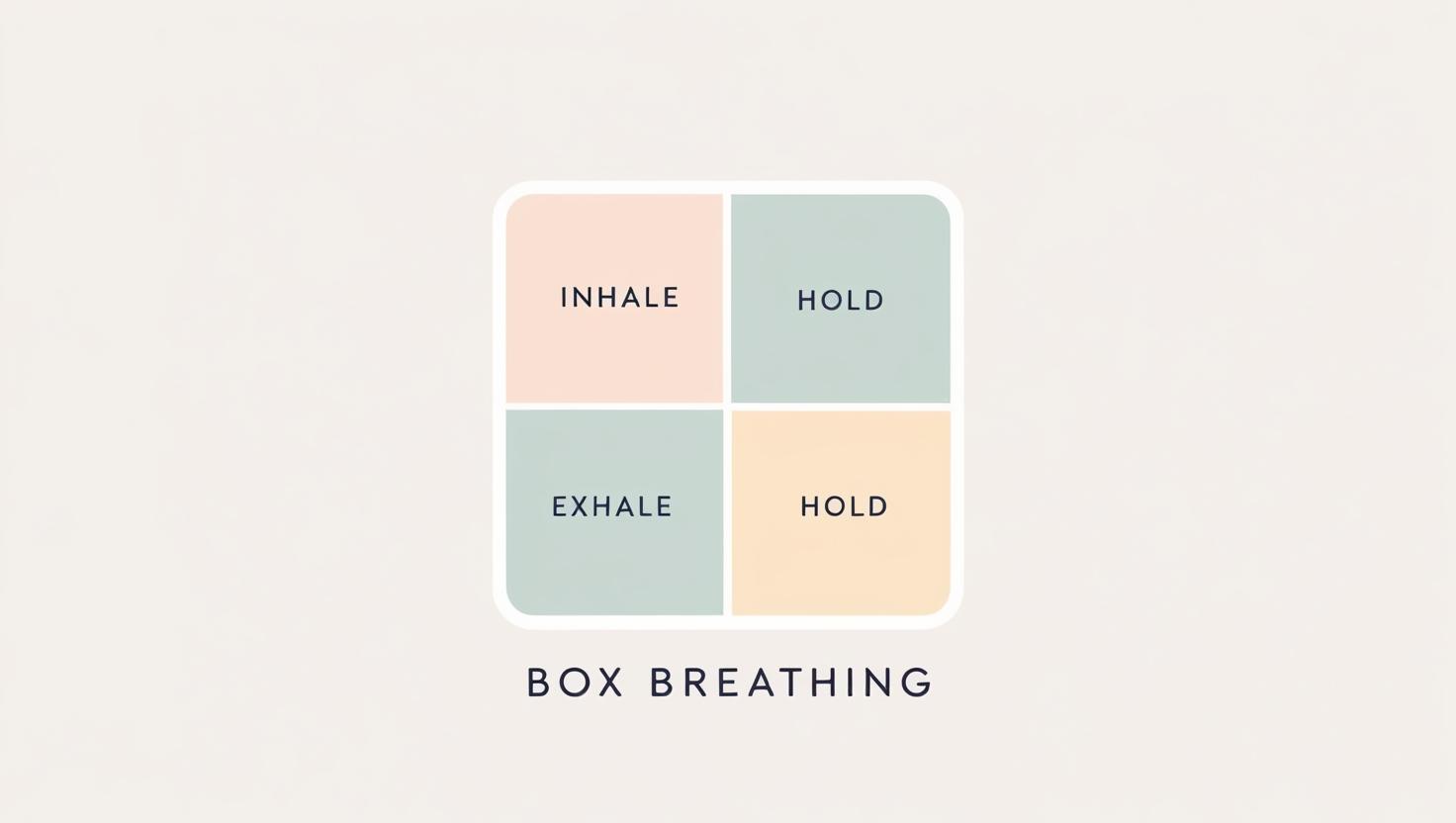
The Mind-Breath Connection Part 1 of 2
The Power of Breathing and the Mind
Modern research and ancient practices both affirm the profound connection between breathing and mental well-being. Most individuals unknowingly engage in shallow breathing—particularly during times of stress—which restricts oxygen intake and reduces blood flow to the brain and body, often worsening anxiety and mental fatigue.
The encouraging news is that intentional breathing techniques can help activate the body’s natural relaxation response. With regular practice, these techniques can significantly improve focus, emotional regulation, and overall mental clarity.
Preparing for Breathwork
Before beginning any breathing exercises, it’s essential to properly prepare the body:
-
Roll your shoulders back gently several times to open the chest and improve posture for optimal breathing.
-
Find a comfortable position—either seated with your back supported or lying flat with a pillow under your head and knees.
-
Stay mindful of your limits. Breathing practices should be approached gradually, especially for beginners.
-
Stop immediately if you feel lightheaded, dizzy, or uncomfortable. This may be a sign of overexertion or hyperventilation.
 Diaphragmatic
Breathing
(Belly
Breathing)
Diaphragmatic
Breathing
(Belly
Breathing)
This technique encourages full use of the diaphragm and helps expand lung capacity.
Instructions:
-
Sit upright or lie down in a comfortable position.
-
Place one hand on your abdomen, just above your navel.
-
Inhale slowly through the nose, allowing the abdomen to rise noticeably.
-
Exhale through the nose and feel the abdomen return to its resting position.
Repeat this cycle for several breaths, keeping the breath smooth and steady. (Optional) Place a book or light object on your abdomen to observe the rise and fall more clearly.
 Mindfulness
Breathing
Mindfulness
Breathing
This method fosters present-moment awareness and activates the prefrontal cortex—the region of the brain responsible for focus and emotional regulation.
Instructions:
-
Inhale slowly through the nose for a count of four.
-
Hold the breath gently for a count of two.
-
Exhale through the nose for a count of four to five.
-
Repeat this sequence for three to four cycles.
Maintain gentle awareness of your breath, body, and surroundings during the exercise.
 Box
Breathing
(Four-Square
Breathing)
Box
Breathing
(Four-Square
Breathing)
Commonly used in high-performance settings, box breathing promotes calmness, mental clarity, and emotional control.
Instructions:
-
Inhale through the nose for a count of four.
-
Hold the breath for a count of four.
-
Exhale slowly through the nose for a count of four.
-
Hold the breath again for a count of four.
Repeat the full cycle for three to four repetitions. Focus on maintaining equal timing throughout each phase of the breath.
Conscious breathing is a powerful tool for enhancing physical and mental health. By integrating these techniques into your daily routine—even just a few minutes per day—you can increase oxygen delivery to the brain and body. Support nervous system regulation. Improve emotional balance and cognitive performance. Build resilience to stress over time.
Breathe deeply. Improve your mood. Shift your mindset. Carry on with clarity.
-Julie "Brain Lady" Anderson
